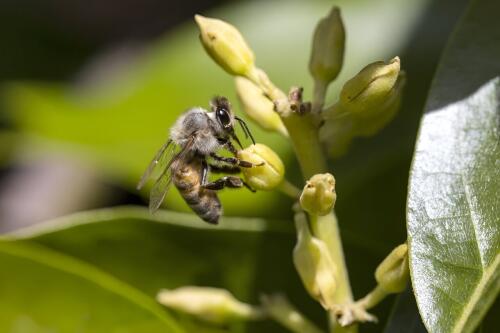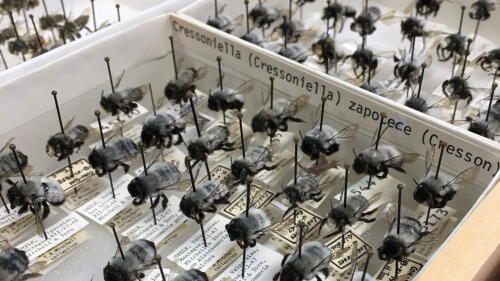Insect
Even as human-caused climate change threatens the environment, nature continues to inspire our technological advancement. “The solutions that are provided by nature have evolved for billions of years and tested repeatedly every day since the beginning of time,” said Evripidis Gkanias, a University of Edinburgh researcher. Gkanias has a special interest in how nature can educate artificial intelligence. “Human creativity might be fascinating, but it cannot reach nature’s robustness—and engineers know that,” he told AFP. From compasses mimicking insect eyes to forest fire-fighting robots that behave like vines, here’s a selection of this year’s nature-based technology. Insect compass Some insects—such as ants and bees—navigate visually based on the intensity and polarization of sunlight, thus using the sun’s position as a reference point. Researchers replicated their eye structure to construct a...
What happens to bee populations in areas of massive human population growth like Wake County, North Carolina, where the population is more than 16 times greater than it was at the turn of the 20th century? Examining historical museum specimens along with online bee repositories and university bee collections, researchers at North Carolina State University show that bee species richness – the number of different bee species – has varied over the past 118 years, with no clear downward trend emerging over time, said Selina Ruzi, a postdoctoral researcher in biological sciences at NC State and corresponding author of a paper describing the research. With that good news, though, comes some not-so-great news. The study showed that, of 328 bee species collected in Wake County over the study period (1900-2018), 195 species have not been collected since 1969; many of these missing species are bees that nest underground. “Our hypothesis was th...

